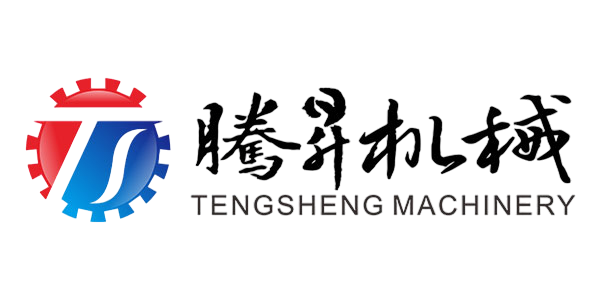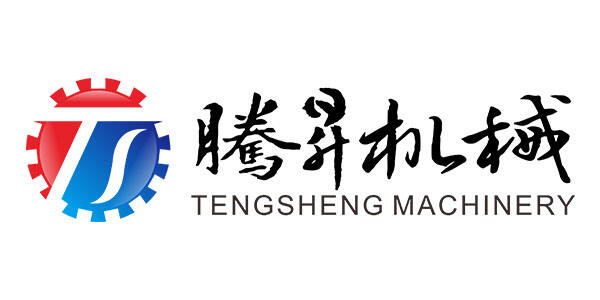Sorting fruit by hand is still mostly done the old fashioned way, requiring lots of workers doing repetitive tasks day after day. People just aren't consistent when judging quality because everyone sees things differently. Sometimes good fruit gets thrown away while damaged stuff slips through. We've all seen this happen at markets where some apples look perfect but taste terrible inside. The FAO reports something shocking actually about 20% of all fruit worldwide gets lost after harvest, largely because humans aren't great at sorting them properly. These numbers show why we really need better systems to replace what's clearly not working anymore.
Moving to automated sorting changed how fruits get sorted because it tackled all those problems that come with relying on people to do the job. Back in the late 1900s, when automation started showing up, there were big tech advances happening too. Think conveyor belts and different kinds of sorting machines became common sights. These changes cut down on what companies spent on workers while making sure fruits got sorted much more accurately than before, so mistakes from humans just weren't as big a deal anymore. Looking at agricultural stats, we see that more farms are adopting these automated setups every year according to recent market analyses. And why wouldn't they? The machines work faster and make fewer errors compared to hand sorting. What's really interesting though is how this shift isn't just about better fruit sorting anymore. It points to something bigger going on across many industries where old fashioned methods meet modern tech solutions.
The fruit sorting business has changed dramatically thanks to AI and machine learning technology, which brings a whole new level of accuracy to how we grade produce. Basically, these systems look at past data to create smart algorithms that figure out fruit quality based on things like size, color changes, and how firm they feel when touched. Take TOMRA and Compac for instance; both companies have been leading the charge with their AI-powered sorters that cut down on waste while making decisions faster than any human worker could manage. According to recent market analysis from MarketsandMarkets titled "AI in Agriculture Market - Forecast to 2026," we're seeing more farms adopt these technologies every year as they realize just how much money can be saved and efficiency gained. What's really interesting is that besides getting better results, businesses are finding their bottom line improves too, which explains why so many are jumping on board with this tech revolution in farming.
Vision systems have become essential for determining fruit characteristics like size, color, and overall quality with remarkable accuracy. When paired with spectroscopy techniques, these systems help evaluate what's going on inside fruits by looking at their chemical makeup. What makes this approach so valuable is that it keeps customers happy because there's less chance of getting spoiled produce, plus it cuts down on food waste across the board. Take Fuji apples for instance researchers from the Journal of Food Quality looked into using near infrared spectroscopy and found real success stories. Their work shows that picking just the right wavelengths allows pretty accurate predictions about apple quality, which means better outcomes for both growers and shoppers in the long run according to Avantes (2025).
In today's farming world, robots that handle and sort fruits have become really important parts of the operation, particularly when it comes to automating all that fruit sorting work. The machines themselves are built to deal with different kinds of fruits quickly and without making mistakes, which helps cut down on damage while they're being sorted out. Take Cambridge Consultants for instance—they've created some pretty cool robotic solutions where these programmable devices actually figure out what kind of fruit they're dealing with and then adjust their grip so they don't bruise anything. We're starting to see these systems at work in big fruit packing plants now, showing just how much faster and more accurate sorting can be when done by robots instead of people. With consumers wanting better quality produce all the time, this kind of tech makes sense because it lets farms keep up with demand without sacrificing quality standards.
Automation really helps cut down on human mistakes and those frustrating post-harvest losses when sorting fruits. Manual sorting just isn't as reliable since people get tired or miss things, but automated systems rely on sophisticated sensors to check each piece of fruit thoroughly. These machines make sure we throw away only what genuinely doesn't fit our quality criteria. The difference is huge when it comes to waste reduction and getting more value out of crops. Take a look at what actual farms are finding - many report seeing their losses drop dramatically after switching over. Some even talk about boosting their yields by around 30%, which sounds pretty impressive. Businesses that made the switch to automatic sorting definitely notice less waste going into landfills. Plus there's something else worth mentioning too: these systems constantly monitor everything in real time. They spot bad batches almost immediately so workers can fix problems before they become bigger headaches later on.
When it comes to farming, automation really makes a difference in how we use our resources. Think about it this way: farms run smoother when they need less manpower, take up less time, and waste fewer materials. The machines can handle way more fruit than any team of workers could in the same amount of time, which means getting things done faster across the board. According to industry reports, switching from hand picking to automated harvesting saves money because farmers don't have to hire as many people for the same workload. Agricultural specialists point out something pretty obvious but important: being able to sort through tons of fruit quickly isn't just good for the bottom line, it actually gives growers more freedom to focus on other aspects of running their business. All these improvements matter a lot in today's marketplace where competition is fierce, especially since labor expenses continue to climb while demand for fresh produce stays strong.
Automated sorting systems cut down on how far things need to move around and make logistics run smoother, which helps lower carbon emissions across farming operations. When farms sort their produce faster and better, it makes packing and shipping greener overall, so fruit growers leave a smaller mark on the environment. The numbers back this up too - automated methods tend to use less energy for each piece of fruit processed, showing real benefits for going green. Research into farm sustainability points to automation as a win for the planet. Farmers who adopt these technologies are actually doing something practical about climate issues while keeping their carbon output down at the same time.
Sorting machines today come with all sorts of energy-saving upgrades that set them apart from what we used to see in the past. Many now feature motors that consume far less power, plus some even incorporate solar panels or other green energy options right into their design. Farmers who switched to these newer systems tell us they're seeing real money saved on electricity bills while also cutting down on carbon emissions. The push toward greener equipment matters a lot for farming sustainability because it represents something tangible farmers can do right now instead of waiting for big policy changes. When farms replace old gear with these efficient machines, they not only save on fuel and electricity costs but also boost output without draining so many natural resources in the process.
Bringing the Internet of Things (IoT) into agriculture has changed how smart farming works, especially when it comes to sorting fruits automatically. These little connected devices watch over things like air dampness, heat levels, and what's going on underground with moisture content. Farmers pair them up with their sorting equipment so they get instant information that helps them make better choices about harvesting and processing. Some orchards around the world have started using these tech solutions already. One apple farm in Washington State saw their sorting speed jump by 30% after installing IoT sensors throughout their operation while cutting down on spoiled produce too. Looking ahead, most industry reports predict big growth for IoT applications in farming tech over the next few years. As climate challenges continue to affect crop yields globally, these connected systems will likely become standard practice across many agricultural operations trying to stay competitive and sustainable at the same time.
New developments in spectroscopy are changing how we check fruit quality from the inside out, giving growers and shoppers real advantages. These tools let farmers test things like sweetness levels and how ripe apples or grapes really are without cutting them open, something that affects both what gets sold and how happy customers end up feeling. Some companies already have portable versions of these devices that work on site during harvest season. The agricultural sector is watching closely as this tech spreads because it could completely reshape supply chains. Farmers might start sorting their crops differently based on actual data instead of guesswork, while supermarkets would likely stock better tasting products as a result.
Manual fruit sorting is labor-intensive and subject to inconsistent grading due to varied human judgments, often leading to inefficiencies, increased waste, and post-harvest losses.
Automation addresses the challenges of manual sorting by reducing labor costs, increasing accuracy, minimizing human errors, and optimizing resource utilization, leading to lower waste and higher efficiency.
Key technologies include AI and machine learning for precision grading, advanced vision systems and spectroscopy for quality assessment, and robotic handling mechanisms for efficient sorting.
Automated sorting systems reduce carbon emissions and energy usage through efficient logistics and energy-efficient machinery, promoting sustainability in agricultural practices.


Copyright © 2024 Zhaoqing Tengsheng Machinery Co., Ltd all rights reserved - Privacy policy